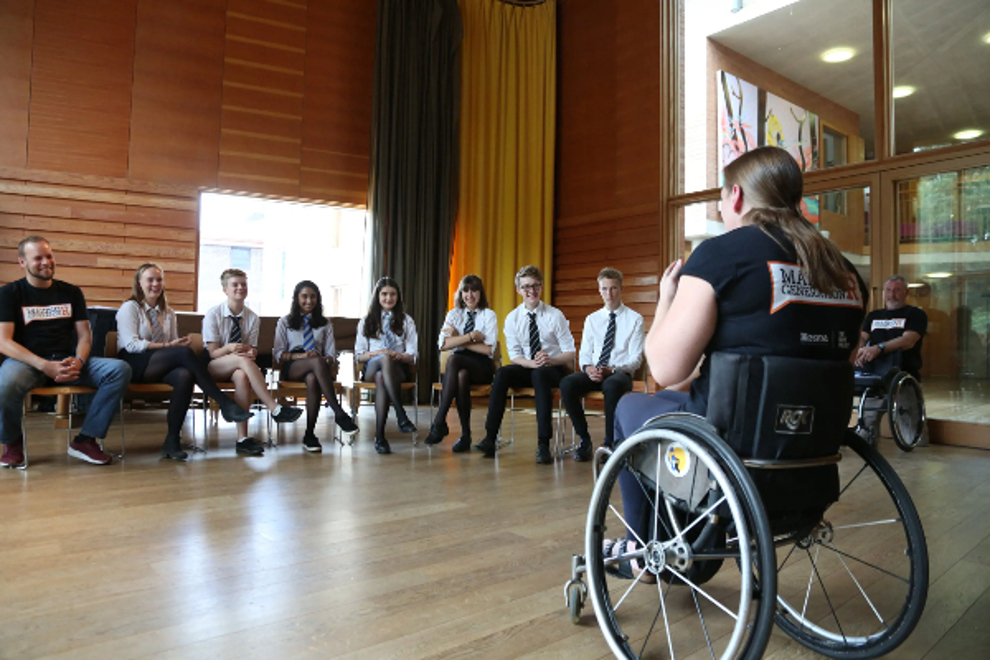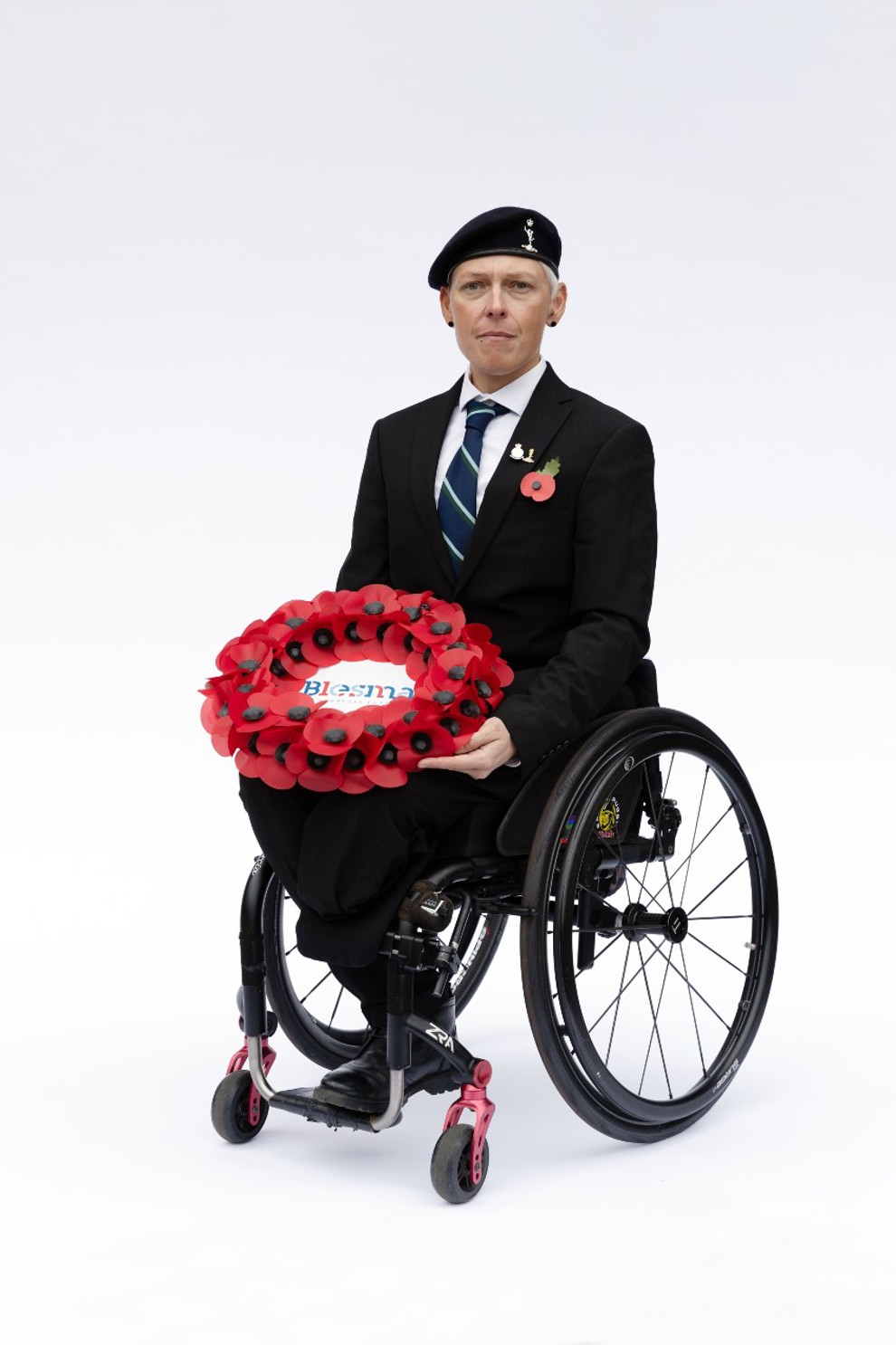Whether you want to put together a range of Remembrance Day activities for your students or you would like to get involved in fundraising for war veterans, here are a few activity suggestions:
1. Listen to veteran stories
Listening to firsthand accounts from war veterans can help students gain a better understanding of the sacrifices of war.
Hear from two British war veterans and Blesma Members as they recount their harrowing experiences of warfare.
John Phillips was a Bomb Disposal Officer during the Falklands War. He shares his story of how a bomb he was defusing exploded, severing his left arm and killing his comrade, Staff Sergeant Jim Prescott.
2. Organise a collection for Armed Forces charities
As Remembrance Day approaches, you could organise a collection for an Armed Forces charity of your choice. Many Armed Forces veteran charities will offer guidance about how to organise a collection.
At Blesma, we can provide you with a free fundraising pack. Our pack includes tips and ideas to help you reach your fundraising target.
You can find a further list of charities that support the Armed Forces and their families on the NHS services website.

3. Take part in a Remembrance Day fundraising event
Remembrance is often associated with purchasing a poppy and wearing it with pride during November.
There are also additional ways you can fundraise for an Armed Forces charity of your choice. For example, if you’re into fitness or trying to improve your physical and mental wellbeing, why not set yourself a target and take part in the Remembrance 11K?
By taking part in the Remembrance 11K you can set your own unique route and choose to either walk or run 11K on 9th November.
4. Hold a Remembrance Day assembly
If you’re a teacher, you could host a Remembrance Day assembly for your pupils in the lead up to the 11th November.
To make the process of finding topics to cover easier, we’ve put together a list of Remembrance Day assembly topics for KS1, KS2 and KS3. All you have to do is copy and paste them into your own PowerPoint presentation.

5. Find out about family history linked to the British Armed Forces
Many of us will have links to WW1 and WW2, but how much do you actually know about your family history’s involvement in the British Armed Forces? Without even realising, you may also have links to relatives who were taken as a prisoner of war, or involved in significant battles, such as D-Day or the Battle of the Somme.
Apart from asking family members directly, there are various resources you can use, both offline and online, including the National Archives, GOV.UK and ancestry.co.uk.
6. Host a quiz about the British Armed Forces
A surprising number of the British public don’t know much about our Armed Forces – especially younger generations. In commemoration of Remembrance, why not host a quiz at your workplace, pub, sports club or school?
Here are a few quiz questions to start off with. At the start of the quiz you could also ask people to make a donation to an Armed Forces charity.
- Which is the largest branch of the British Armed Forces?
Answer: British Army - What is the highest rank in the British Army?
Answer: Field Marshal - During which conflict did the British Armed Forces engage in the Battle of the Somme?
The First World War - The HMS Queen Elizabeth is a type of what kind of vessel?
Aircraft carrier – Britain’s main warship - In what year did the Falklands War start?
1982

Remembrance Day Appeal 2024
We can help
We are dedicated to assisting serving and ex-Service men and women who have suffered life-changing limb loss or the use of a limb, an eye or sight. We support these men and women in their communities throughout the UK. Click the link below to find out the different kinds of support we offer.
Get Support